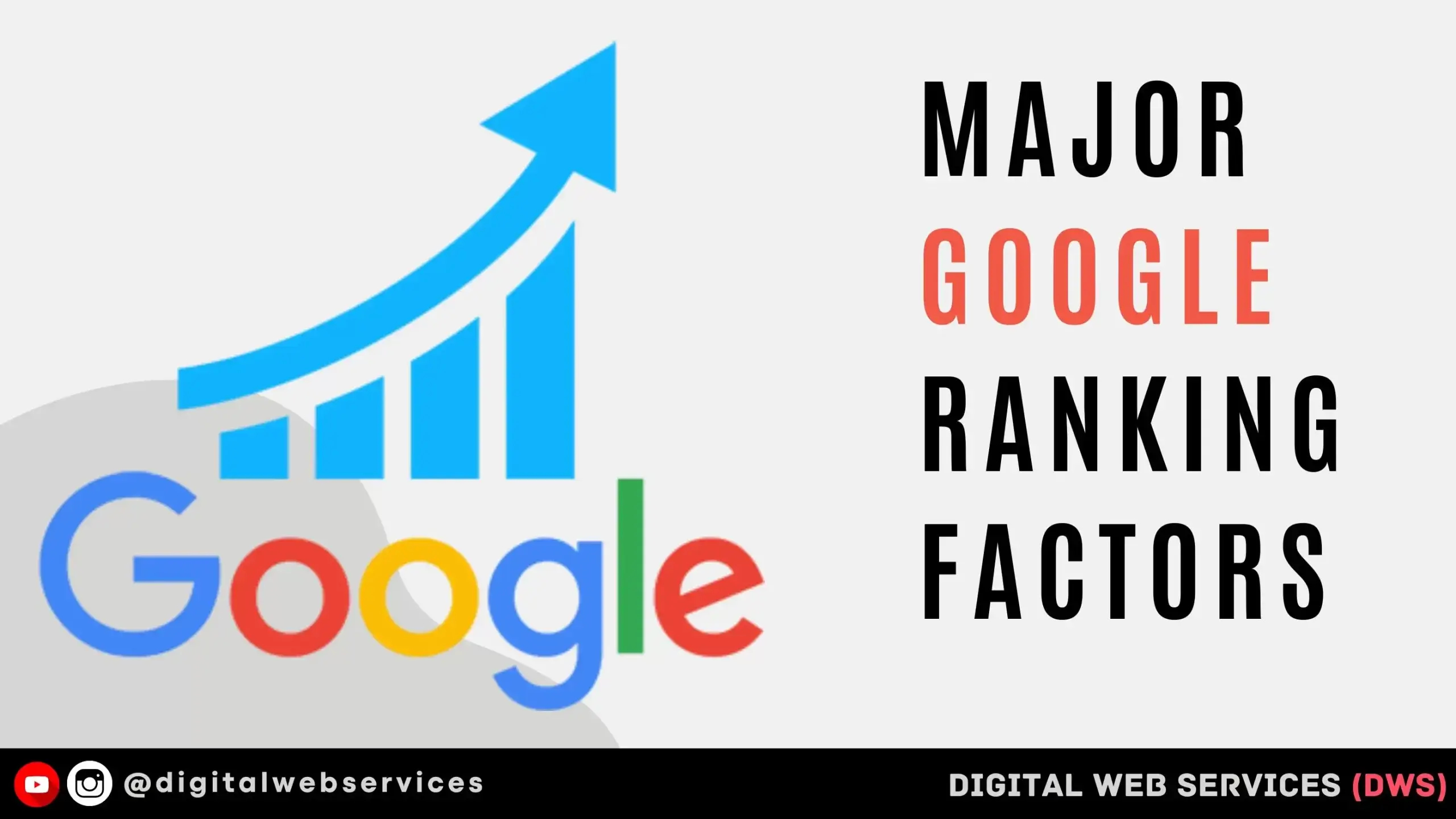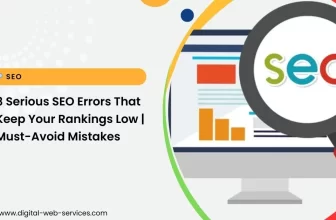
As we all know, Google uses over 200 ranking factors in their algorithm to determine the position of web pages in search engine results pages (SERPs). In this post, we have shared some of the most significant and important Google ranking factors that every SEO beginner should be aware of before starting the search engine optimization of any web page or website.
What is Google’s algorithm? The Google algorithm is a complex system used by search engines to determine the relevance and quality of search results according to a user’s search query.
You should always keep updating yourself with Google algorithm updates to know more about Google ranking factors. Because Google constantly updates its algorithms to provide users with the most relevant and useful search results.
Some major Google Algorithm updates are:
- Panda (Introduced in 2011)
- Penguin (Introduced in 2012)
- Hummingbird (Introduced in 2013)
- HTTPS/SSL (Introduced in 2014)
- Mobile Update (Introduced in 2015)
- RankBrain (Introduced in 2015)
- Medic (Introduced in 2018)
- BERT (Introduced in 2019)
- Page Experience Update (Introduced in 2021)
- Helpful Content Update (Introduced in 2022)
Google Ranking Factors
There are various Google algorithmic factors that determine which web pages should be ranked according to user queries. Following are some of the Google ranking factors that you can implement on your website or web pages to boost traffic and get top keyword ranking on search engines:
S.No Google Ranking Factors 1 Domain age 2 Domain registration length 3 Keyword in the domain name 4 The keyword as the first word in the domain 5 Domain history and penalties 6 Exact match domain (EMD) 7 Domain extension (.com, .org, .net, etc.) 8 Keyword in the subdomain 9 Domain ownership information 10 Keyword in the URL 11 URL length 12 URL path 13 URL structure 14 SSL certificate 15 Mobile-friendly design 16 Mobile usability 17 Responsiveness 18 Page loading speed 19 Server location 20 Domain authority 21 Page authority 22 Page relevance to search query 23 Content length 24 Keyword density 25 Keyword prominence 26 Keyword in the title tag 27 Keyword in the meta description 28 Keyword in the headings (H1, H2, H3, H4, H5) 29 Keyword in the first paragraph 30 Keyword in image alt text 31 Keyword in anchor text 32 Keyword in bold or italic tags 33 Freshness of content 34 Content uniqueness 35 Quality and accuracy of content 36 Content comprehensiveness 37 Content updates and edits 38 Outbound links to authoritative sources 39 Internal linking structure 40 Broken links 41 Site architecture and navigation 42 Sitemap presence and accuracy 43 Breadcrumb navigation 44 User-friendly design 45 User experience signals 46 Dwell time (time on page) 47 Bounce rate 48 Click-through rate (CTR) from search results 49 Social signals (shares, likes, comments) 50 Brand mentions 51 Authoritative content creators 52 Number of pages 53 Content organization and hierarchy 54 55 Multimedia integration (videos, images) 56 Proper use of schema markup 57 Presence of structured data 58 Clear and concise meta tags 59 Crawlability (robots.txt, XML sitemap) 60 Presence of a robots.txt file 61 XML sitemap presence and accuracy 62 Canonicalization 63 Server response time (TTFB) 64 Website uptime and downtime 65 Mobile app presence and optimization 66 Local relevance (for local businesses) 67 Verified Google My Business listing 68 69 Online reviews and ratings 70 Number of citations and directories 71 Backlink profile 72 Number of backlinks 73 Quality of backlinks 74 Backlink anchor text 75 Diversity of backlink sources 76 Linking domain authority 77 Link relevancy 78 Link freshness 79 Link placement on the page 80 Social media presence and engagement 81 Social media followers and shares 82 Social media profile authority 83 Brand search volume 84 Click-through rate on brand search results 85 Online brand mentions 86 87 Domain-level keyword usage 88 Site-wide keyword usage 89 Page-level keyword usage 90 91 92 User-generated content (reviews, comments) 93 Usage of synonyms and related terms 94 Page category relevance 95 Page speed optimization 96 Usage of Accelerated Mobile Pages (AMP) 97 98 Internal search functionality 99 Usage of structured data for rich snippets 100 Website security measures 101 User feedback and satisfaction 102 Number of pages per session 103 Repeat visitors 104 Brand affinity 105 Niche-specific expertise 106 Historical search query data 107 Searcher location 108 User search history 109 Personalized search results
📌Above we have listed 100+ Google ranking factors and will keep updating them continuously, so stay connected with our this post to know 200+ Google ranking factors.
Digital Web Services (DWS) is a leading IT company specializing in Software Development, Web Application Development, Website Designing, and Digital Marketing. Here are providing all kinds of services and solutions for the digital transformation of any business and website.










